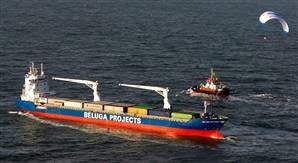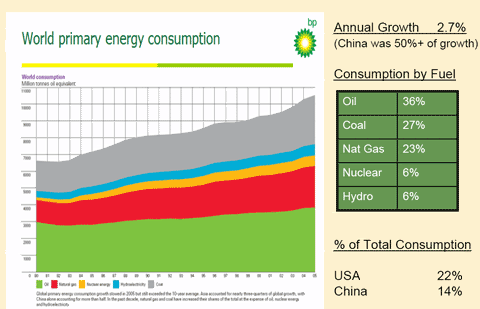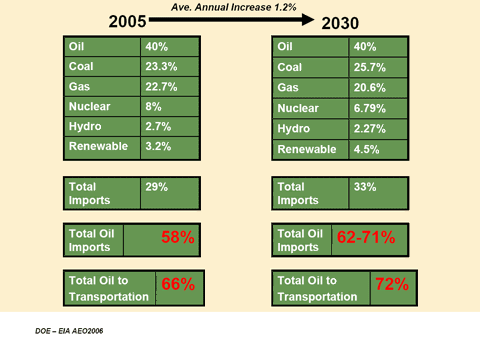So they're getting creative. One idea is "smack your forehead" simple: outfit the container ship with a wind-powered device, or "sail."

Inventor Stephan Wrage claims this novel idea can cut 20 percent, or $1,600, from the ship's daily fuel bill. (Never mind the fact that Klein's figure above puts the daily fuel bill at $100k, not $8k... honestly, why is it so hard for journalists to get their numbers straight?!?)
Putting that to the side, Klein goes on to point out another amazingly simple idea: "slowing down by 10 percent can lead to a 25 percent reduction in fuel use."
So if you outfitted all container ships with a sail and half of them slowed down (some shipments are urgent, after all), then we could see a combined 30% reduction in fuel usage and C02 emissions. And since the article claims that the world's merchant ships emit 5% of the world's total CO2, these two extremely simple measures, spurred on by wallet-economics, could cut 1.5% of all CO2 production just like that.
Now imagine what will happen when oil hits $200/barrel.




